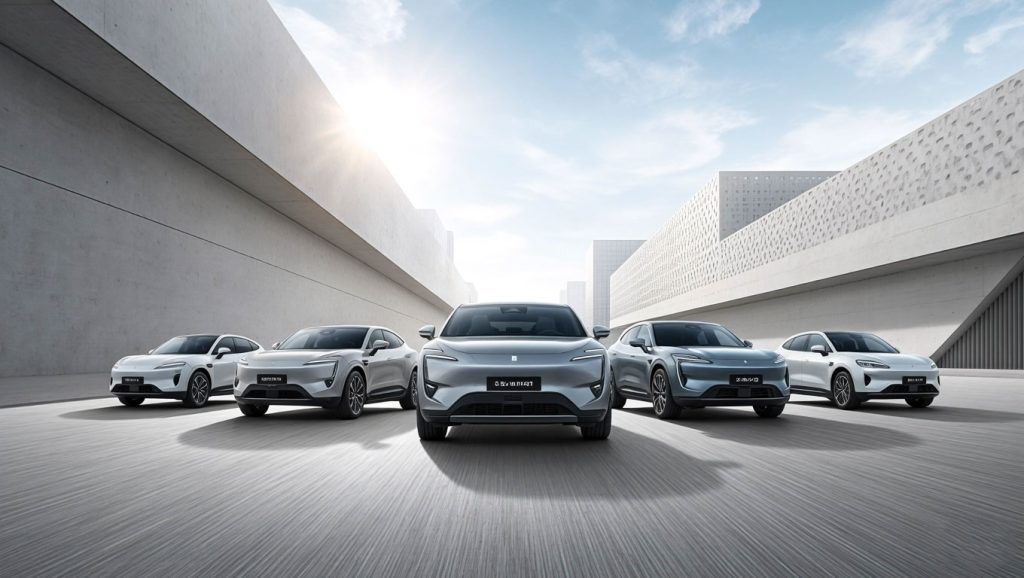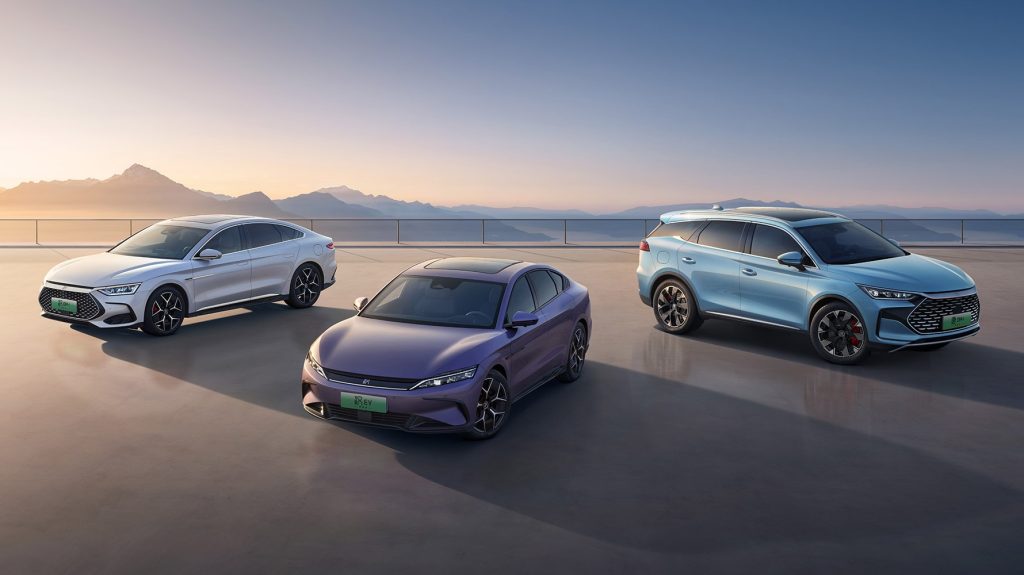Overall Export Trend: Slower Growth Rate but Structural Optimization
Export volume and growth rate
January-April 2025: cumulative exports totaled 1.937 million units, up 6% year-on-year. Compared with the high growth rate of 37% in the same period of 2024, the growth rate has dropped significantly, mainly due to the global automobile market entering the stage of stock competition and the intensification of trade barriers.
The contribution of new energy vehicles is outstanding: 642,000 units of new energy vehicles were exported from January to April, a year-on-year surge of 52.6%, accounting for 33% of the total export volume, becoming the core growth engine.
Comparison of the same period in 2024
In the first half of 2024, 2.793 million vehicles were exported, a year-on-year increase of 30.5%, of which the proportion of new energy vehicles increased rapidly.
2025 slowdown in growth reflects changes in the market environment: the Russian-Ukrainian conflict dividends fade (such as the saturation of the Russian market), the EU countervailing duty (BYD 17.4%, SAIC 37.6%) and the competition in emerging markets is heating up.

New Energy Vehicles: Continuing to Lead the Global Market
Performance of Headline Vehicle Enterprises
BYD: Overseas sales of more than 200,000 units in the first quarter of 2025, up 110% year-on-year, covering more than 110 countries; Thailand plant put into operation to accelerate the penetration of Southeast Asian markets.
Chery: relying on the layout of South America and the Middle East, top export volume from January to April (specific data not disclosed, 1.145 million units in 2024 as a base).
The rise of technology export mode
Geely exported technology to Malaysia’s Proton and cooperated to launch the electric car brand e.MAS; Great Wall signed a CKD assembly contract with Malaysia’s EPMB to promote localized production instead of pure export.

Regional market differentiation: emerging markets become the main force of incremental growth
Southeast Asia and Latin America: leading growth rate but intensifying competition
Thailand: Chinese cars market share will rise from 6.7% in 2021 to 14% in 2024, but the price war will trigger a consumer trust crisis (e.g., sporadic crash test of Nezha, BYD price reduction controversy) in 2025.
Brazil: become China’s top EV destination in 2024 (exports increased 6.4 times from January to May), and continue to be hot in 2025, with Chery and BYD building local factories to avoid tariffs.
Europe: fuel car stable disk, new energy under pressure
Fuel car exports support total growth (Jan-May 2024 exports to Europe increased 9.7%), but new energy vehicles by countervailing duty impact of 5.6% year-on-year decline. Car companies turn to localized production (e.g. BYD Hungary plant) to cope with barriers.
Transformation of automobile enterprises’ strategy: from “export” to “localized ecology”.
Manufacturing localization accelerates
Southeast Asia: BYD’s Thailand plant (annual capacity of 150,000 units), Changan’s Thailand Rayong plant went into operation, radiating the right-hand drive market.
Europe: Chery resurrected its Spanish brand EBRO and put a joint venture plant into operation; SAIC plans to build a plant in Europe to avoid tariffs.

Finance and service short board to strengthen
Japanese car companies in Thailand’s 8-year loan, zero interest rate program to squeeze the space of Chinese car companies. Geely plans to add 300+ overseas outlets in 2025 to strengthen after-sales and financial support.
Challenges and Trends
Core Challenges
Trust deficit: Emerging markets are worried that Chinese cars will “repeat the same mistake as motorcycles” (low price, low quality – market collapse).
Financial shortcomings: lack of localized financial solutions, difficult to match the flexible promotional strategies of Japanese car companies.
Future Direction
Eco-export: supply chain synergy (e.g. Neusoft provides global in-vehicle software), technical standard output (participation in 60+ international standardization).
Brand value upgrading: Red Flag shapes the luxury image in the Middle East, and Red Flag Saudi Arabia won the award, shifting from “cost-effective” to “brand premium”.
Summarize
In the first half of 2025, China’s automobile overseas entered the “growth rate shift period”, the volume increase slowed down (+6%) but the qualitative change accelerated: new energy vehicles accounted for a jump in the proportion of localized production instead of pure exports, the rise of technical cooperation mode. The key to break the game lies in the financial system and trust reconstruction, and ecological synergy to cope with the stock competition.



